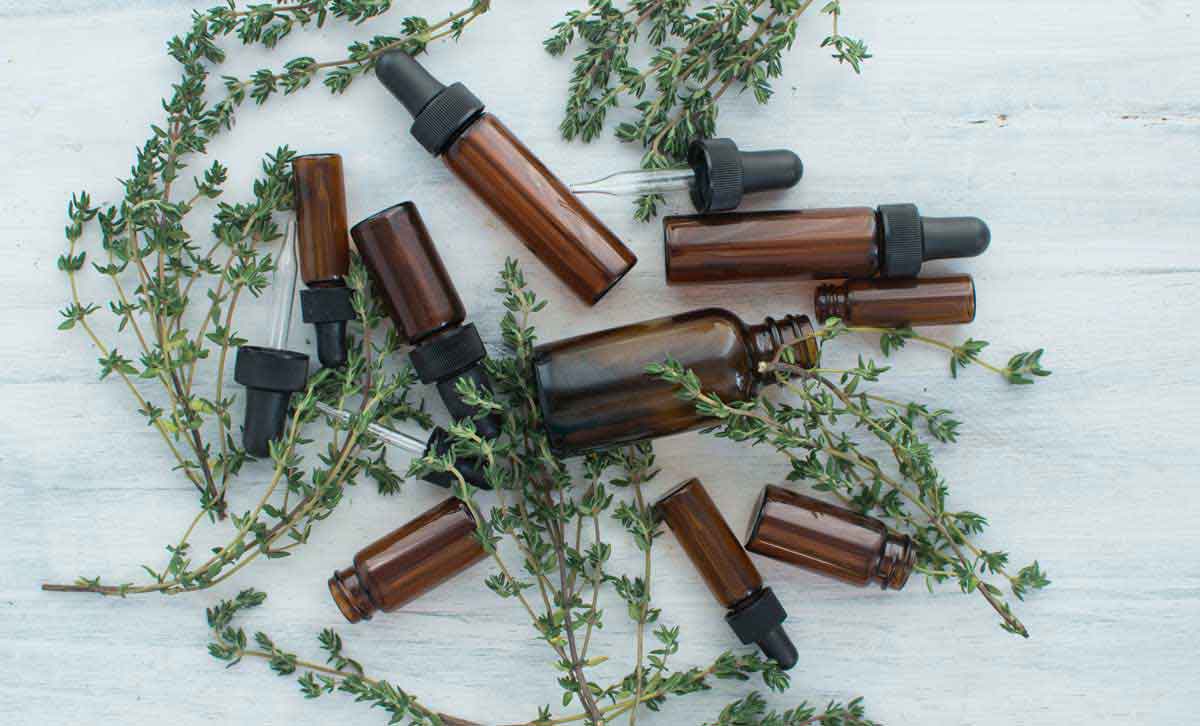How Tinctures are Made
Tinctures are created by soaking plant material in alcohol, apple cider vinegar, vegetable glycerin, or MCT oil to release the beneficial compounds from within the plant’s cell walls. After the mixture has been given time to sit, usually between 1-15 days, the plant material is then strained out to create a finished product.

How Tinctures Work
Tinctures can be used in a variety of ways, but the most popular form of consumption with tinctures is mucosal delivery. This involves the absorption of an herb through a mucous membrane.
With tinctures, this is usually done by placing a few drops under your tongue, where two large veins allow for quick absorption of the tincture into the bloodstream for fast and effective relief. Unlike with edibles, the active ingredients don’t have to be processed by your digestive system and therefore take effect more quickly.
Other Uses for Tinctures
Tinctures can also be used as edibles when added to food. When a tincture is immediately digested instead of absorbed through the mouth, it is metabolized more slowly by the body but has longer lasting effects. To use a tincture this way, you can simply add a few drops to anything from your coffee to a smoothie or juice — or even just to your water!


Supplies
|
Directions
To use: place drops under tongue
Safety Notes: use caution; extractions can be potent. Be mindful of whether or not the user should be exposed to alcohol Make a tincture in the LEVO Oil Infusion Machine
|

















